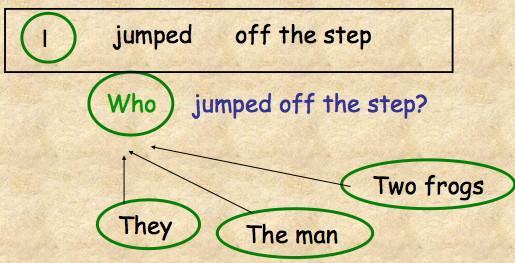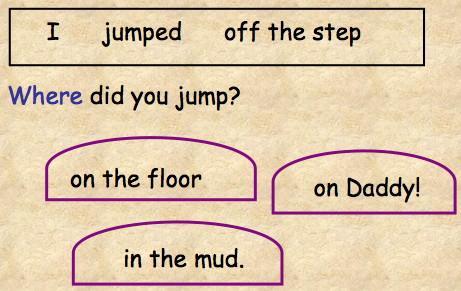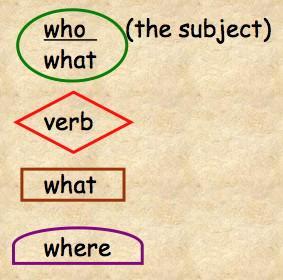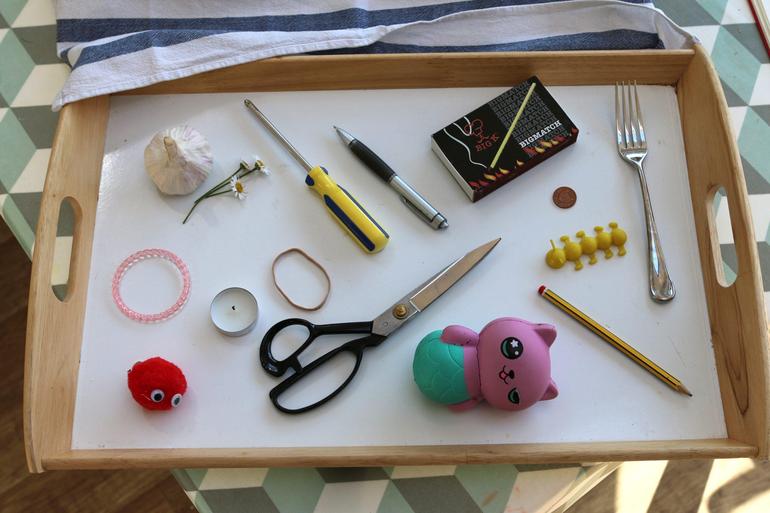Speech and Language
Speech and Language in the Hearing Resource Base
At Hawthorn we use total communication and combine sign language with spoken English. We learn British Sign Language as a whole school but in lessons we use Sign Supported English (SSE) to model English grammar. If you think your child needs extra support with speech and language, please contact Miss Jenkins.
Here are some other links to resources that you may find useful.
Please click on the links below.
Free resources for special educational needs & disabilities (SEND) – ChatterPack
Improving speech and language | Communication for deaf children (ndcs.org.uk)
If there is a specific area of language that your child needs help with e.g. prepositions; please feel free to ask Miss Jenkins to lend you some games/resources.
Essential Language Skills
Here is a checklist of skills your child needs before she/he can begin to talk or use sign language.
1. Do they respond to events in the environment?
2. Do they respond to people?
3. Have they developed an attention span?
4. Do they exhibit joint attention?
5. Do they play with toys?
6. Do they understand and use gestures?
7. Do they understand relevant words and follow simple directions?
8. Do they babble and make sounds?
9. Do they imitate actions, gestures, and words?
10. Do they initiate interaction with you?
11. Can they take turns?
What is Shape Coding?
The SHAPE CODINGTM system includes use of shapes (syntactic structures), colours (parts of speech) and arrows (tense and aspect). It aims to be able to represent most aspects of English grammar and thus is flexible enough to be used from the very early word combinations to complex structures. The primary focus is on oral language, but it can also be used to develop written language.




Games to try at home

Kim's Game
This game is commonly played with young children, either preschool or in the first year or two of schooling (age 5 and 6) as it promotes the development of memory and observation skills and can be used for learning new vocabulary or new groups of objects, such as shapes or fruits.
How to play: Place objects, letters, pictures or words on a tray. Show them to the child for a short time. Cover them all up with a tea towel and remove one item. Ask the child to guess what has been removed.
